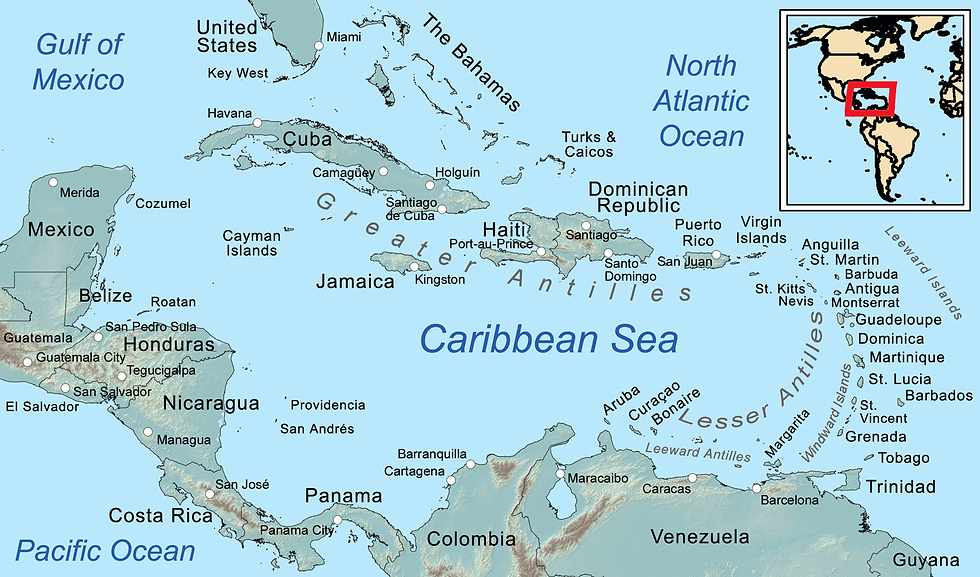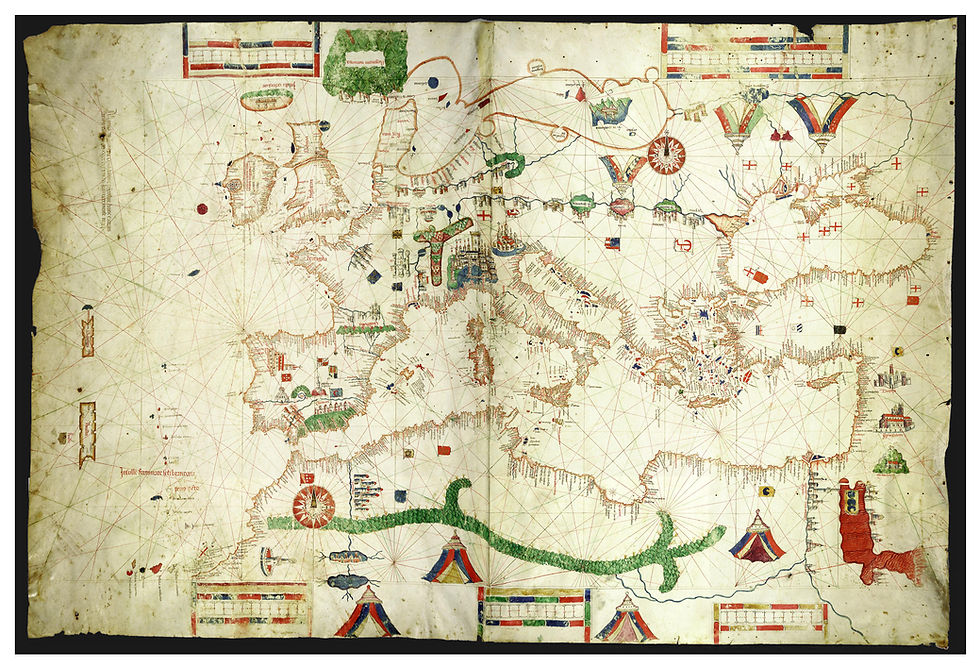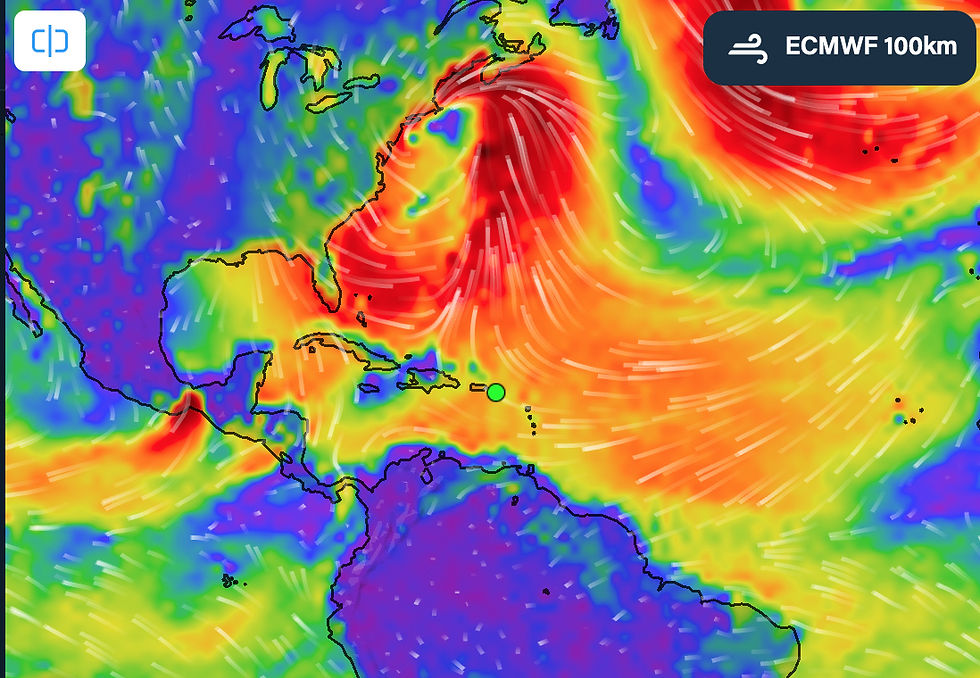Entering the Greater Antilles
- Francesco Pugliano
- Jan 30, 2021
- 2 min read
Updated: Dec 1, 2022
When Christopher Columbus in 1492 became the first European explorer to record his arrival in the Bahamas, the term West Indies was eventually used by Europeans to distinguish this region from the original Indies (i.e. India) and the East Indies of South Asia and Southeast Asia.
West Indies are divided into Lesser Antilles to the south and Greater Antilles to the north west.
In 2020 we visited almost all the islands of the Lesser Antilles (9 out of 13 countries). We skipped 3 of them because they closed their borders because of Covid. And we skipped Barbados because it’s inconveniently located too much upwind.

This year, as we left St Martin and crossed to St Croix, we officially moved to the Great Antilles.
The two groups of islands are geologically very different: The Lesser Antilles are mostly volcanic or coral islands, whereas the Greater Antilles are made up of continental rock.
The word Antilla was the name given during the 15th-century age of exploration to a mysterious island that was supposed to lie in the Atlantic Ocean:

According to an old Iberian legend, during the Muslim conquest of Spain in 714, seven Christian bishops set sail westwards into the Atlantic Ocean, eventually landing on an island (Antilha) where they created seven settlements. And that’s why in Spanish Antilha was called Isla de las Siete Ciudades.
The name itself seems to derive from the Portuguese Ante-Ilha (Fore-Island) because the island lays directly “opposite” to Portugal. But it may also be merely a poorly-transcribed reference to Plato’s Atlantis!
The Greater Antilles get also very different winds than the Lesser Antilles. In fact, after one year spent with prevailing winds from East, ENE or ESE (the famous Trade Winds), we are now entering an area where winds can come from any direction.

It is from the Bahamas that we’ll probably start our North Atlantic Crossing this coming May. We’ll cross to Bermuda first, then Azores and finally Portugal. Our route will look a little bit like this:

But first, we’ll need to explore the US Virgin Islands, the Spanish Virgin Islands, Puerto Rico, Hispaniola and the Bahamas.
The Bahamas are something like 700 islands (only 30 are inhabited) along 600 nautical miles! Lot to see there!
In the next post, we’ll show you pics of USVIs. Stay tuned!

Comments